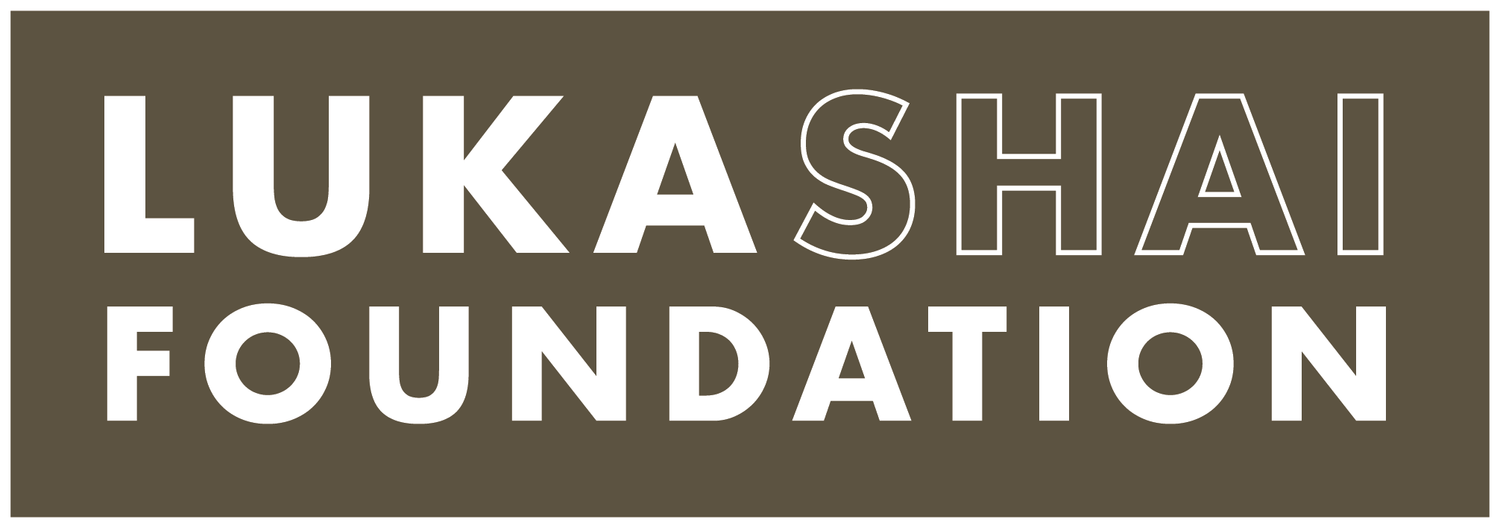Our Story
Luka was born on August 30, 2021—a happy and seemingly healthy baby. But at his two-month checkup, everything changed. He had failure to thrive, dropping to the 5th percentile in weight. His skin was jaundiced, his liver was inflamed, and his enzyme levels were dangerously elevated—signs that he was in liver failure.
By Friday, November 12th, Luka was in the hospital undergoing a liver biopsy. The results were devastating: severe liver abnormalities, stage 4 cirrhosis, and the looming possibility of needing a liver transplant.
With no clear cause for this abrupt decline, we went into overdrive searching for answers. Doctors initially suspected Biliary Atresia, but the biopsy ruled it out—along with tumors, blood disorders, and cancer. A battery of additional tests followed: echocardiograms, abdominal ultrasounds, kidney and pancreas imaging, lung X-rays, and a full-body MRI. An EEG ruled out seizures. While these tests confirmed that Luka’s other organs were unaffected, they revealed significant liver scarring and an enlarged spleen.
Still, we had no diagnosis.
Then, a close friend urged us to pursue exome sequencing—a deep genetic analysis. A specialist pointed our doctors toward a category of diseases called Congenital Disorders of Glycosylation (CDG), and within a month, we had an answer.
On December 9, 2021, we learned that Luka had inherited a rare, X-linked, loss-of-function mutation in the ATP6AP2 gene. This gene plays a crucial role in assembling a cellular structure called the Proton Pump, which regulates pH balance and cellular homeostasis. Though this disease affects multiple systems—metabolic, immune, and neurological—it was initially identified in metabolic pathways and classified as CDG Type IIr.
HOW RARE?
Luka was diagnosed as the fourth known case in the world with this condition. We have since identified two more. Since each patient presents with different symptoms, it’s impossible to predict exactly how the disease will progress.
With so few cases, finding a company willing to develop a treatment for such an ultra-rare disease seemed impossible. But we refused to accept that answer.
We took matters into our own hands.
Months of relentless research, expert consultations, and deep dives into scientific literature led us to one undeniable conclusion: there is hope—not just for Luka, but for countless others battling rare diseases.
And that is how The Luka Shai Foundation was born.

